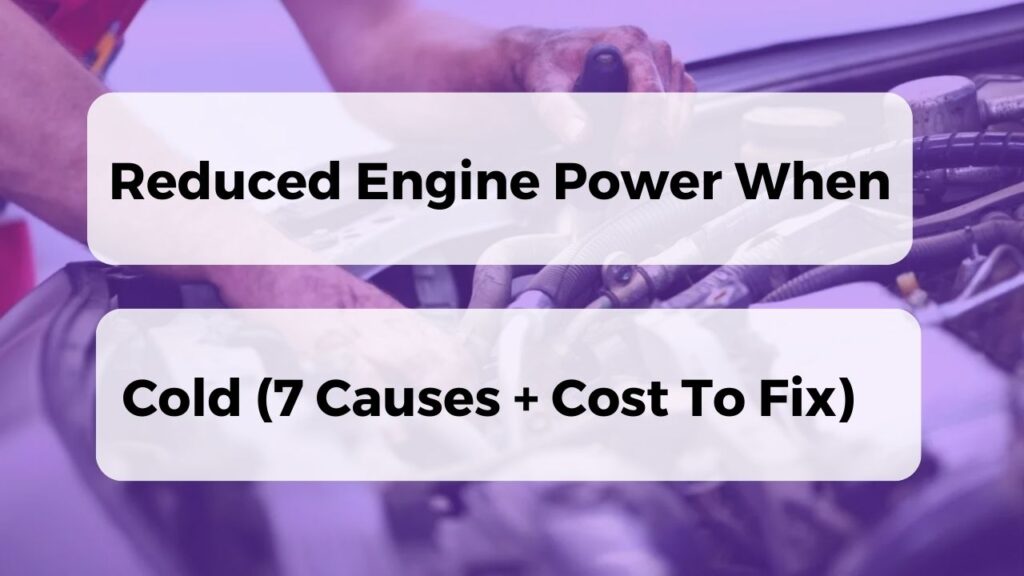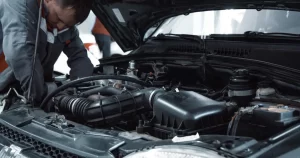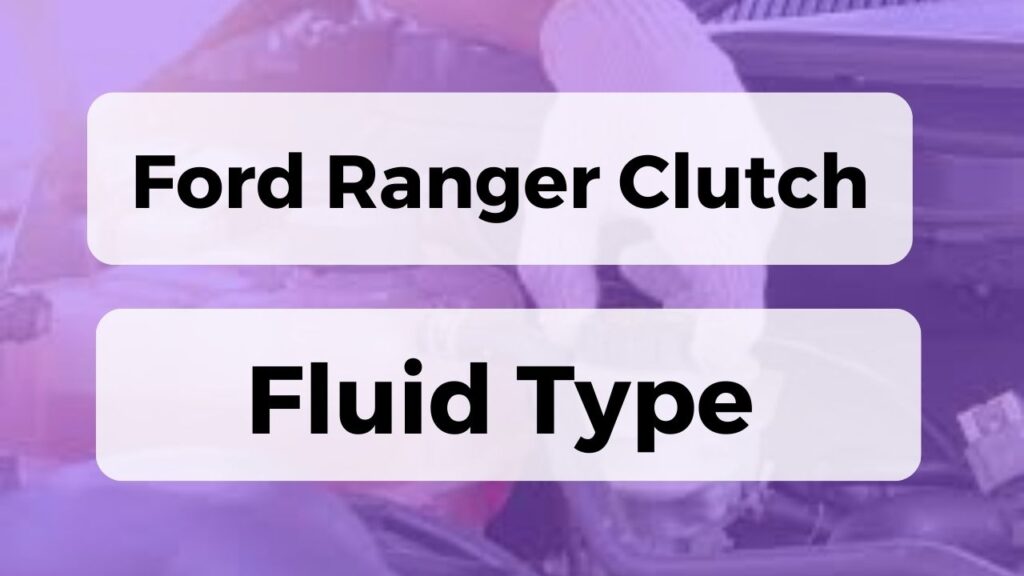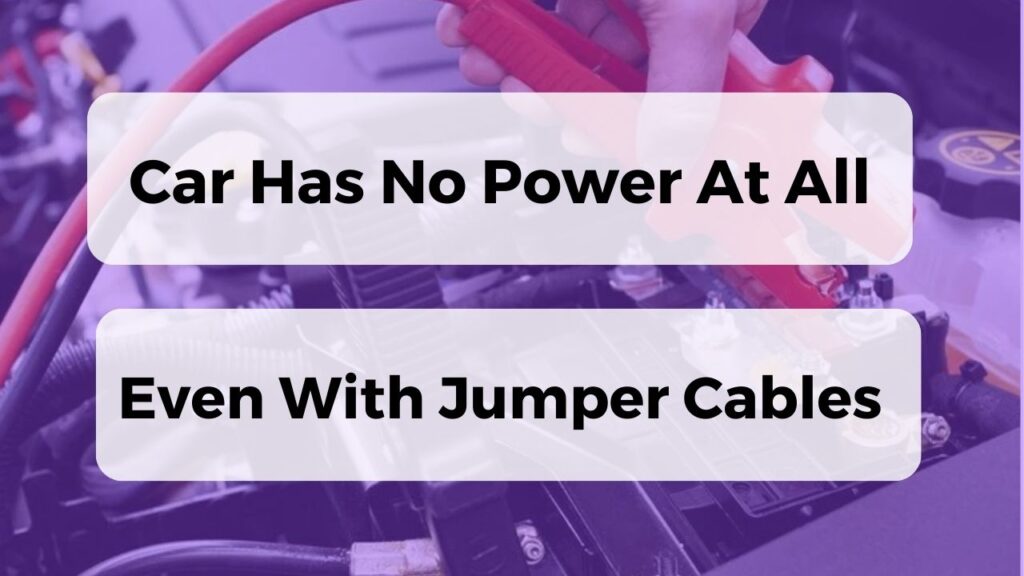In the realm of automotive performance, the phenomenon of reduced engine power when cold presents a perplexing challenge for drivers and mechanics alike. The juxtaposition between the seemingly simple task of starting a vehicle and the intricate workings under its hood is a testament to the complexities involved.
This article delves into an objective exploration of this issue, examining seven potential causes that may result in diminished engine power during colder temperatures. From low fuel pressure to malfunctioning spark plugs, clogged air filters to frozen fuel lines, each possibility is scrutinized with technical precision and detail.
Additionally, insights are provided regarding the potential costs associated with rectifying these issues. Furthermore, readers will find step-by-step guidance on diagnosing this problem effectively, alongside invaluable tips for preventing reduced engine power in cold weather conditions.
By comprehending these intricacies, drivers can enhance their understanding of their vehicles and ensure optimal performance even in chilly climates.
Key Takeaways of Reduced Engine Power When Cold (7 Causes + Cost To Fix)
- Reduced engine power in cold temperatures can be caused by low fuel pressure, faulty spark plugs, clogged air filters, and frozen fuel lines.
- Malfunctioning mass airflow sensors, issues with the throttle body, problems with the engine control module (ECM), and throttle position sensor calibration problems can also lead to decreased engine power.
- Troubleshooting ECM issues involves inspecting sensors, wiring, software, and power supply, and costs to fix ECM issues vary depending on various factors.
- Preventive measures such as idling the engine before driving, using winter-grade oil, and being aware of signs of reduced engine power can help minimize decreased engine efficiency in cold weather.
Low Fuel Pressure
Low fuel pressure has been identified as a potential cause for the reduced engine power experienced when cold. The fuel system plays a crucial role in delivering the required amount of fuel to the engine for its optimal performance. When the fuel pressure is low, it results in inadequate fuel supply to the engine, leading to suboptimal combustion and reduced power output.
This can occur due to several reasons, such as a clogged or malfunctioning fuel filter, a failing fuel pump, or a leaky injector. In such cases, insufficient fuel reaches the cylinders during cold start-up, impairing engine performance. To rectify this issue and restore normal engine power levels when cold, addressing the underlying cause of low fuel pressure is necessary.
Transitioning into the subsequent section about ‘faulty spark plugs,’ addressing these issues will help diagnose and resolve the problem effectively without compromising engine performance.
Faulty Spark Plugs
Faulty spark plugs can contribute to a decrease in engine performance during colder temperatures, as they fail to ignite the air-fuel mixture efficiently, resulting in diminished combustion efficiency. Signs of worn out spark plugs include poor acceleration, rough idling, and difficulty starting the engine. If these signs are observed, it is advisable to replace the spark plugs promptly.
To replace spark plugs in a car, one must first locate them by referring to the owner’s manual or consulting a repair guide specific to the vehicle model. Afterward, disconnecting the battery and removing any necessary components obstructing access is required. Next, carefully remove each old spark plug using an appropriate tool and inspect for signs of damage or wear. Finally, install new spark plugs by tightening them securely and reconnect all previously removed components.
Transitioning into the subsequent section about a clogged air filter, it is important to note that this component also affects engine performance when cold.
Clogged Air Filter
One important factor that can negatively impact the performance of a car’s engine in colder temperatures is a clogged air filter. The air filter plays a crucial role in preventing dust, dirt, and other debris from entering the engine.
Over time, however, it can become clogged with these particles, restricting the airflow into the engine. This restriction can lead to reduced engine power when cold. To prevent such issues, regular air filter maintenance is essential.
Cleaning or replacing the air filter at recommended intervals ensures optimal engine performance and prevents potential damage caused by restricted airflow. By keeping the air filter clean and clear of debris, drivers can optimize their vehicle’s engine performance even in colder temperatures.
Moving on to the next section about malfunctioning mass airflow sensor…
Malfunctioning Mass Airflow Sensor
A malfunctioning mass airflow sensor (MAF) can distort the air-to-fuel ratio, leading to an exaggerated surge of oxygen that could potentially drown the engine in a deluge of excess fuel. This disruption in the proper mixture of air and fuel can result in reduced engine power when cold.
Diagnosing MAF sensor issues involves troubleshooting reduced engine power by conducting tests on the sensor using specialized equipment. These tests measure the voltage output and airflow readings to determine if the MAF sensor is functioning correctly. If it is found to be faulty, replacement is necessary to restore proper engine performance.
By addressing this issue promptly, potential damage to other components such as catalytic converters or oxygen sensors can be avoided. Moving forward, it is important to consider another potential cause of reduced engine power when cold: frozen fuel lines.
Frozen Fuel Lines
Frozen fuel lines can cause a disruption in the flow of fuel to the engine, leading to potential complications during start-up. When fuel lines freeze, the insulation around them loses its ability to keep the fuel warm. This can result in the formation of ice crystals inside the lines, obstructing the flow of fuel and reducing engine power.
To prevent this issue, some vehicles are equipped with fuel line antifreeze additives that lower the freezing point of the fuel. These additives help to maintain a consistent flow of fuel even in extremely cold temperatures.
If frozen fuel lines are suspected, it is crucial to thaw them properly before attempting to start the vehicle. Failure to do so may lead to further damage and costly repairs. Consequently, it is important to address these issues promptly before they escalate into more serious problems with the throttle body.
Issues with the Throttle Body
To address issues with the throttle body, it is essential to understand its role as a critical component of the fuel delivery system and its impact on overall engine performance. The throttle body controls the amount of air that enters the engine, which in turn affects the fuel-to-air ratio. Over time, carbon deposits can accumulate on the throttle body, leading to reduced airflow and decreased engine power. Cleaning the throttle body is a common maintenance procedure that involves removing these deposits and restoring proper airflow. Additionally, problems with the throttle position sensor calibration can also cause reduced engine power when cold. This sensor determines the position of the throttle plate and communicates this information to the engine control module (ECM). If not calibrated correctly, it can lead to incorrect fuel delivery and subsequent power loss. Transitioning into problems with the ECM, we will explore another potential cause for reduced engine power when cold.
Problems with the Engine Control Module (ECM)
The malfunctioning of the Engine Control Module (ECM) can result in diminished performance and compromised fuel efficiency, akin to a conductor with a broken baton leading an orchestra out of sync. When faced with issues related to the ECM, troubleshooting becomes necessary to identify and rectify the problem.
Some common problems associated with the ECM include:
- Faulty sensors
- Wiring issues
- Software glitches
- Power supply problems
Troubleshooting involves inspecting these components for any signs of damage or malfunction. Once the issue is identified, ECM repair may involve:
- Replacing faulty sensors or wiring
- Updating the software
- Repairing power supply connections
It is important to address these issues promptly as they can lead to reduced engine power and increased emissions. Transitioning into the subsequent section about potential costs to fix the issue, it is crucial to consider that ignoring ECM problems could result in more expensive repairs down the line.
Potential Costs to Fix the Issue
Potential expenses associated with addressing ECM issues can vary depending on the specific problem, vehicle make and model, as well as labor and parts costs. When it comes to resolving ECM-related reduced engine power issues, cost-effective solutions are available.
DIY troubleshooting techniques can be attempted before seeking professional help, potentially reducing repair costs. These techniques may include:
- Checking for loose or damaged electrical connections
- Inspecting fuses and relays related to the ECM
- Scanning for error codes using an OBD-II scanner
In some cases, these troubleshooting steps may resolve the issue without significant financial investment. However, if the problem persists or requires more advanced diagnostics and repairs, consulting a qualified mechanic is recommended. This will ensure that the underlying cause of the reduced engine power when cold is accurately diagnosed and resolved effectively.
Transition: Moving forward, the subsequent section will discuss steps to diagnose the problem further without incurring unnecessary expenses.
Steps to Diagnose the Problem
To identify and diagnose the issue of reduced engine power when cold, a systematic approach is required. The following steps can be taken to troubleshoot engine issues effectively:
- Check for error codes: Utilize an OBD-II scanner to retrieve any stored fault codes that may provide insight into the problem.
- Inspect the air intake system: Examine the air filter, throttle body, and mass airflow sensor for any signs of damage or clogging that could affect engine performance.
- Test the fuel delivery system: Verify fuel pressure and inspect the fuel injectors for proper operation and cleanliness.
By following these steps, one can methodically pinpoint potential causes of reduced engine power in cold weather. This comprehensive diagnostic process will aid in determining the necessary repairs or adjustments needed to resolve the issue promptly.
Transitioning into tips to prevent reduced engine power in cold weather…
Tips to Prevent Reduced Engine Power in Cold Weather
A proactive approach to maintaining optimal engine performance in frigid temperatures is to implement preventive measures that can help minimize the risk of decreased efficiency and poor power output.
In order to warm up your engine properly, it is important to allow it to idle for a few minutes before driving. This allows the oil to circulate and lubricate all engine components, reducing wear and tear. Additionally, avoid revving the engine excessively during this period as it can cause unnecessary strain on the cold engine.
Another important tip is to use winter-grade oil that has better viscosity in low temperatures, ensuring proper lubrication even in extreme cold conditions.
It is also crucial to be aware of signs of reduced engine power such as sluggish acceleration, rough idling, or difficulty starting the vehicle. These symptoms may indicate issues with fuel delivery or ignition systems that need immediate attention from a professional mechanic.
Frequently Asked Questions
What are the symptoms of reduced engine power when cold?
Symptoms of reduced engine power when cold include difficulty starting the engine, sluggish acceleration, and poor fuel economy. To prevent this issue, regular maintenance such as checking the spark plugs and fuel system is recommended.
Can reduced engine power when cold cause damage to the engine?
Reduced engine power when cold can potentially cause engine damage and have long-term effects. The strain on the engine due to limited power can result in increased wear and tear, leading to costly repairs or even premature failure.
How long does it take for the engine to warm up and regain full power?
The time it takes for an engine to warm up and regain full power depends on several factors, such as ambient temperature, engine size, and type of fuel. To warm up an engine quickly, one can use techniques like idling the engine or using a block heater. Additionally, to prevent reduced engine power when cold, regular maintenance such as checking the coolant level, using the recommended oil viscosity, and ensuring proper insulation of engine components can be helpful.
Can reduced engine power when cold be fixed without taking the car to a mechanic?
DIY methods can be employed to address reduced engine power when cold, without the need for professional assistance. By identifying common causes such as a malfunctioning thermostat or dirty fuel injectors, individuals can implement specific remedies to restore optimal engine performance.
Are there any temporary solutions to alleviate reduced engine power when cold?
Temporary solutions and DIY fixes can help alleviate reduced engine power when cold. These may include using a block heater, adding fuel additives, insulating the battery, using thinner oil, checking spark plugs and ignition system, and cleaning or replacing air filters.
Conclusion
In conclusion, when faced with reduced engine power in cold weather, it is crucial to consider several potential causes such as low fuel pressure, faulty spark plugs, a clogged air filter, a malfunctioning mass airflow sensor, frozen fuel lines, or problems with the engine control module (ECM).
Diagnosing the issue and addressing it promptly is essential to prevent further damage.
While the cost of fixing these problems may vary depending on the specific issue and vehicle model, it is important not to overlook the importance of regular maintenance and taking preventative measures to avoid reduced engine power in cold weather.




